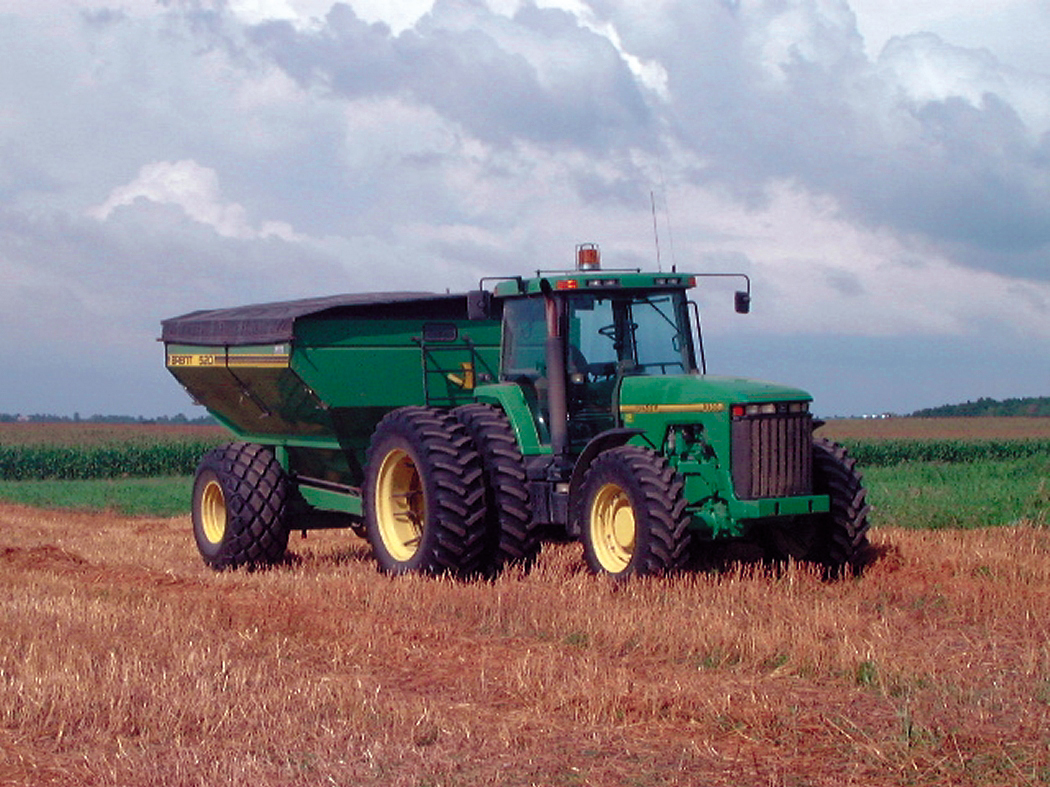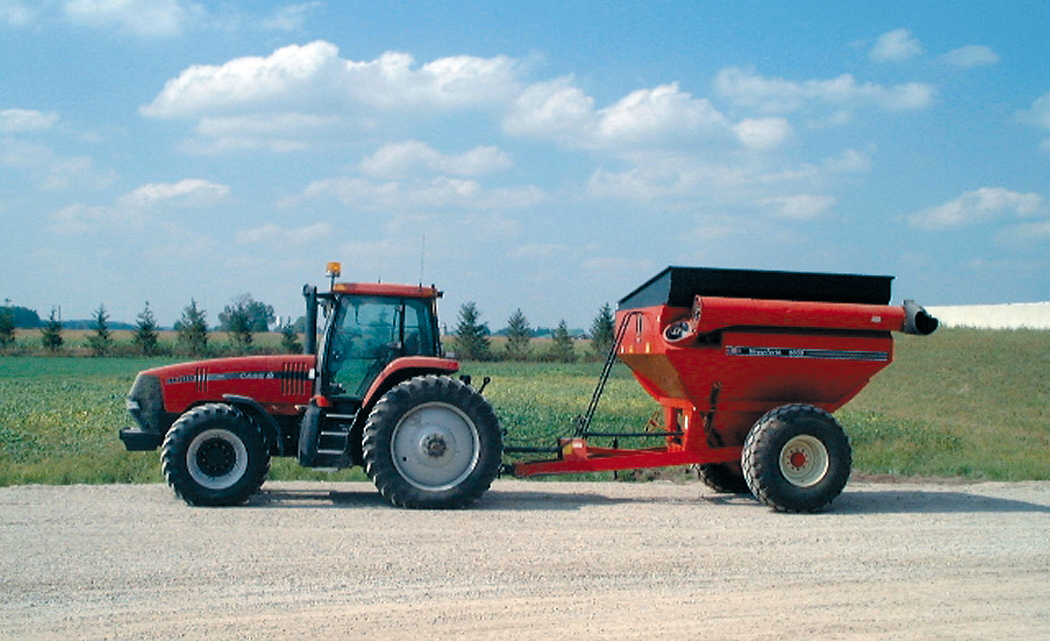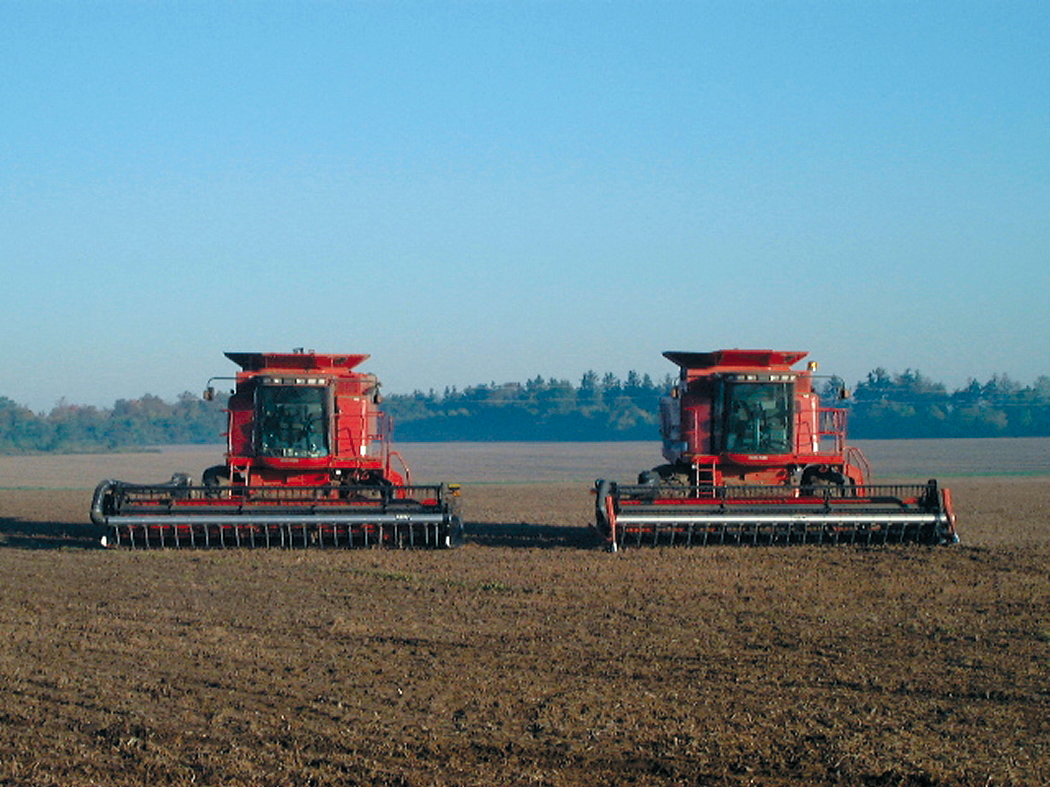Tips to reduce fuel consumption on farm
Learn how to reduce fuel consumption and improve the efficiency of tractors and farm machinery. This technical information is for Ontario producers.
ISSN 1198-712X, Published September 2006
Introduction
A substantial portion of the costs of operating a farm covers tractor and machinery operation. The recent sharp increase in fuel costs has created an additional incentive to reduce fuel costs and become more efficient in the use of agricultural machinery.
14 tips to reduce fuel consumption
Here are 14 tips for reducing fuel consumption and improving the efficiency of tractors and machinery:
- Reduce tillage operations: Switch to no-till or minimum tillage options. This can reduce fuel use by 86%.
- Read operator’s manuals and follow the maintenance schedules recommended by the manufacturers.
- If the tractor engine is exhausting black smoke, clean the injectors.
- Use manure more efficiently as a substitute for fertilizers (Figure 1). Information on manure management is available from the Agricultural Information Contact Centre,
1-877-424-1300 , ag.info.omafra@ontario.ca.

- Avoid using big tractors to pull small loads. Match the tractor to the power requirements of the job (Figure 2).

- Replace air and fuel filters regularly, especially when working in dusty conditions
(Figure 3).

- Avoid idling the tractor for long periods.
- Operate tractors in higher gears at low throttle settings rather than lower gears at high throttle settings.
- Check tractor and equipment each day before starting work. Correct small maintenance problems before they cause a breakdown in the field.
- Use engine oil with the proper viscosity for your engine. Change oil and oil filters according to the manufacturer’s recommendations.
- Use proper tractor ballasting to reduce wheel slip, thus reducing fuel consumption.
- Replace worn drive tires, reducing excessive wheel slip and fuel consumption.
- Check tractor and equipment tires to ensure they are at the recommended inflation pressures for the best traction and the lowest rolling resistance.
- Use radial-ply tires instead of bias-ply tires for better traction and lower fuel consumption.
Summary
Over time, the measures listed above can significantly lower the amount of fuel used in an agricultural operation, benefiting both farm finances and the environment.
This fact sheet was written by Finbar Desir, P.Eng., engineer, farm implements, normal farm practices and rural/urban interaction, OMAFRA (retired) and was reviewed by Jake DeBruyn, P.Eng., new technology integration engineer, OMAFRA.